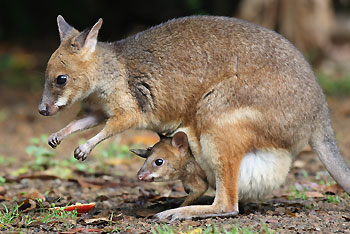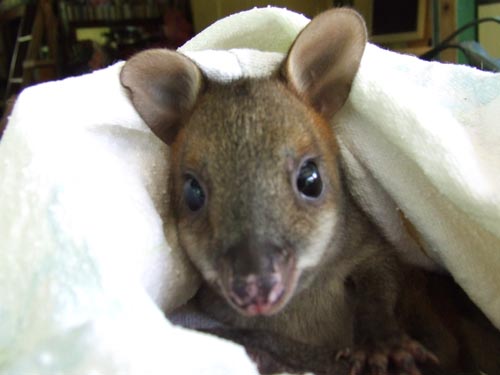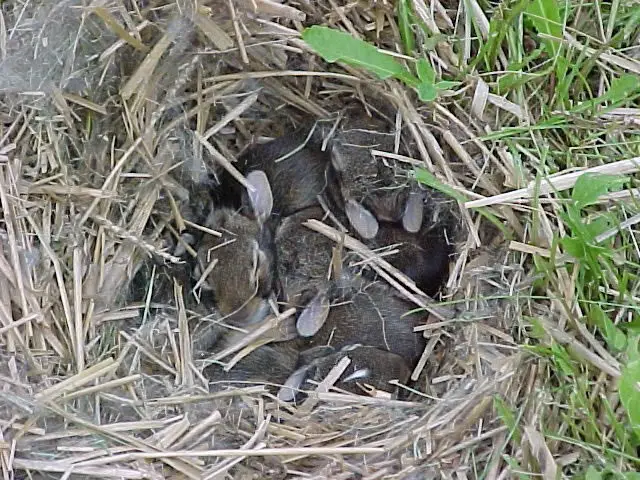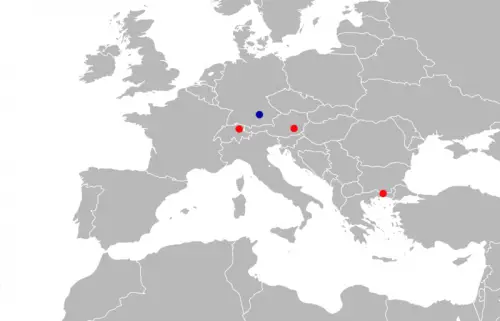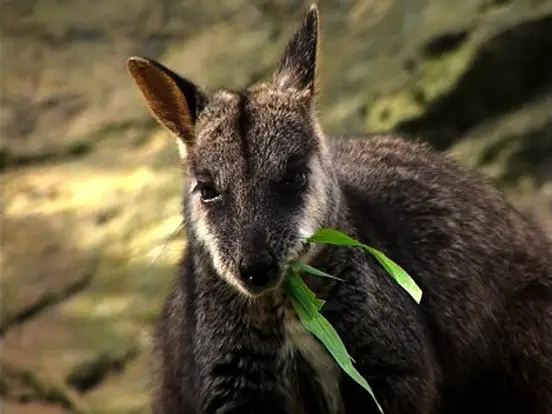Red-legged Pademelon
The Red-legged Pademelon is a small species of macropod that is found in New Guinea and Australia. Unfortunately, not a lot is known about this creature. However, what we do know is that there are four subspecies of the Red-legged Pademelon.
These 4 subspecies are split up into regions.
- Thylogale stigmatica stigmatica – the nominate subspecies, which is found in Cairns, Queensland, Australia
- Thylogale stigmatica coxenii – found in the Cape York Peninsula, Queensland
- Thylogale stigmatica orimo – found in New Guinea
- Thylogale stigmatica wilcoxi – found in southern Queensland and in New South Wales
In Australia, it has a scattered distribution. It is found at the tip of the Cape York Peninsula to the Hunter Valley in New South Wales. There are some unconfirmed records that the Red-legged Pademelon is also found in the western New England Tablelands, which are west of Emmaville. This species is found in the southern central lowlands of New Guinea.
The Red-legged Pademelon is a solitary animal. However, it will sometimes come together as a group when they are feeding. They are usually found in rainforests, wet Eucalyptus forests, and sometimes vine thickets but it is rarely seen. The population is thought not to be a concern except in New South Wales where they have been categorised as being vulnerable.
Red-legged Pademelons are a small brown wallaby, with rust-red coloured face and legs. Its length from head to body is about 48 centimetres long, and its tail is about 42 centimetres long. They weigh about 2.5 to 7 kilograms. They eat fallen fruit, grass, and leaves.
Red-legged Pademelons have a gestation period of about a month. Their young leave the pouch at 26 weeks, and they will suckle at foot for another month.
In New South Wales where it is deemed as a vulnerable species, the population has declined due to a number of reasons. There is damage and loss of its habitat through land clearing, as well as by feral pigs and domesticated stock animals. There is also frequent burning of understorey which reduces the layer of shrubs especially at forest margins. In addition, foxes and feral cats prey on these poor creatures.
